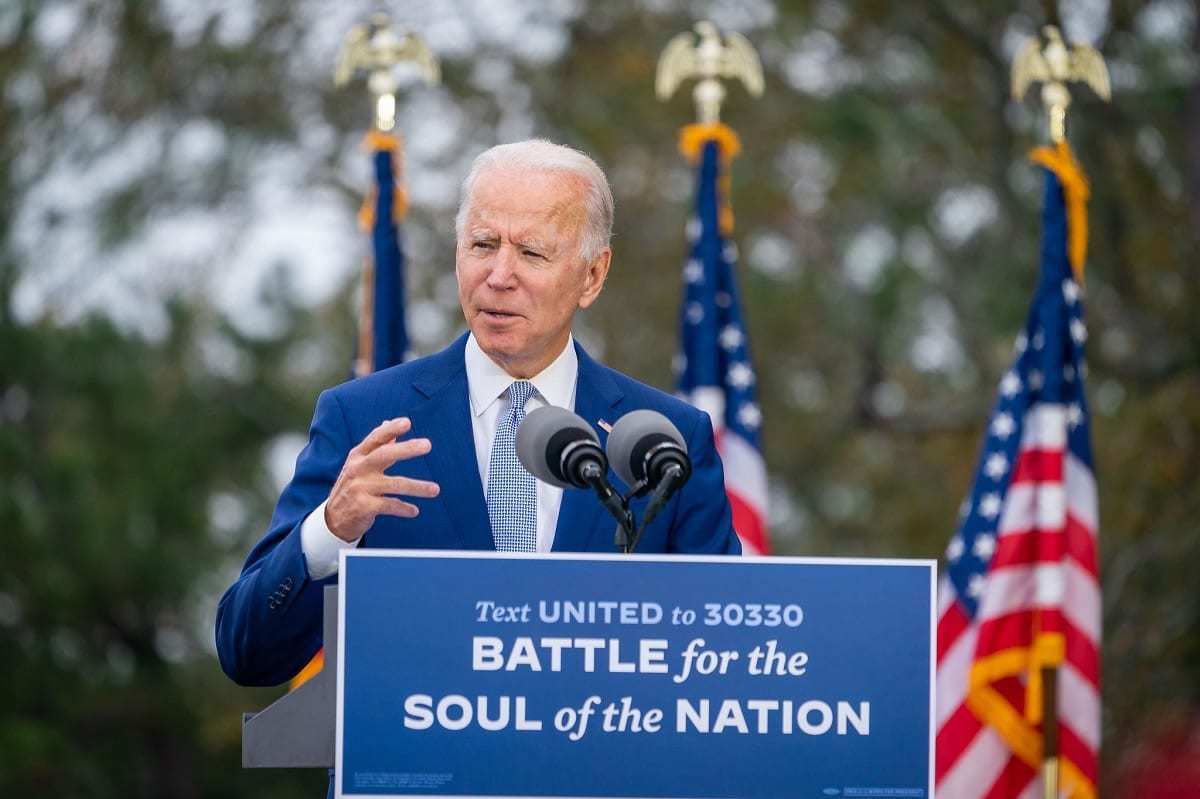President Biden’s team met with officials in Mexico last week to urge them to stop migration to the U.S.-Mexico border. President Obama and then-Vice President Biden relied heavily on Mexican enforcement to round up Central Americans fleeing north in 2014 and 2015, and now Mexico is already responding with new raids in 2021. But just-released data show that the share of Central Americans—particularly children and families—making it to the United States through Mexico has reached new highs.
Figure 1 shows the U.S. share of all arrests of Central Americans by Mexican immigration enforcement and by U.S. Border Patrol (i.e. the percentage of arrests that occurred in the United States). As it shows, the Border Patrol made just 13 percent of the immigration arrests in 2001. By 2012, a majority were made in the United States. This change was partly a result of less severe immigration enforcement in Mexico following reforms in 2011 that restricted immigration enforcement by state and local police, adopted more rigorous procedures for enforcement, and made it easier for Central Americans to get temporary legal statuses. Once migration became easier, the pace sped up, and by 2021, the U.S. share of all arrests had increased to 84 percent, the highest ever recorded, and the share of children arrested by the U.S. Border Patrol hit 94 percent.
But a deeper dive into the data shows that this is more than just a continuation of a preexisting trend. Figure 2 shows the number of arrests of Central American children and families in both Mexico and the United States by month. The most interesting aspect of the sudden drop in enforcement is that it started before there was any large increase in the absolute number of arrests. From August 2020 to January 2021, the percentage of minors and families reaching the United States increased to the highest in any month of 94 percent. The only other months before 2021 ever to reach 90 percent were December 2018, February 2019, and March 2019. Total arrivals in those months were 4-9 times higher than in January 2021. In other words, arrivals did not simply overwhelm Mexican enforcement.
Figure 3 provides further corroboration for this theory, highlighting the high degree of correlation in changes in the percentages of Central Americans reaching the U.S. border for unaccompanied children, families, and single adults prior to 2021. It reveals the surprising fact that at the same time that a higher share of unaccompanied children and families started making it to the northern border of Mexico, a somewhat lower share of single adults made it. In other words, the Mexican government’s latest crackdown has almost exclusively affected single adults.
The most likely explanation for this phenomenon is a law passed in November 2020 that makes it a crime for immigration enforcement in Mexico to place minors and families in normal immigrant detention facilities pending removal. This would both tend to direct agents away from children and families and toward single adults. The share of families reaching the United States has exploded since September 2020, rising from 53 percent to 92 percent.
The new law’s effect on removals of children is evident in Figure 4, which shows the three-month moving averages for removals by the Mexican government as a percentage of the three-month moving average for apprehensions—roughly the rate of removal for those arrested by the Mexican immigration enforcement. Prior to 2020, minors were more likely to end up deported than adults with about a 90 percent average removal rate from 2013 to 2019. In 2020, however, the rate fell to 61 percent mainly as a result of entry restrictions by Central American countries, and in January-February 2021, it hit an all-time low of just 20 percent. Declining removals in 2021 at least partly explains the increased ability of Central American children and families to make it to the U.S.-Mexico border. The single adult rate of removal also remains relatively low at just 50 percent, possibly because so many single adults are expelled to Mexico and retry repeatedly at the northern border.
New policies cannot explain all the differences in Mexican enforcement’s effectiveness. Migrants are also adapting. Excellent reporting by Laura Gottesdiener of Reuters brought to my attention that many are now traveling by air to the northern border before crossing—using both commercial and private planes. This would continue a trend in smugglers and migrants adopting more sophisticated transportation methods, starting with the shift to trains in 2013-2014. In 2018-2019, smugglers chartered buses to the border, increasing the pace of migration from Central America to new highs and bypassing Mexican enforcement.
Mexico attempted to blockade the roads in 2019, so the shift to planes makes sense strategically. But since that effort had only limited results, the main driver for the new method is efficiency: when each migrant is already paying upward of $6,000, a flight is still a small part of the cost, and faster transportation means greater potential business.
Mexican immigration policies are certainly not the only reason for migration trends in 2021. Indeed, without an increase in repeat crossers caused by expelling migrants immediately back into Mexico, the border numbers in February were no different than February 2019. Nonetheless, events and policies in both the United States and Mexico play an important role in migration to the U.S.-Mexico border. The Biden administration knows this and is trying to alter the situation far south of its own border, but past efforts produced only temporary and modest results.
With a new Mexican law limiting enforcement efforts against children and families, it is unlikely that Biden’s new effort will turn out much differently. The Biden administration needs to entirely reassess its enforcement-first migration management effort, and instead, focus on facilitating legal migration through ports of entry at the border and at consulates in Central America.

